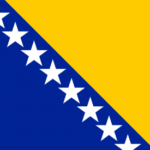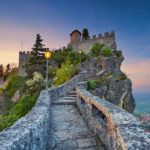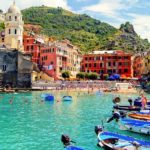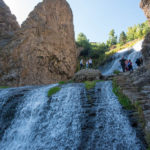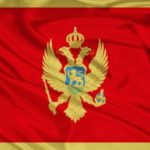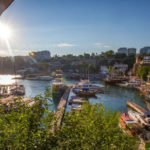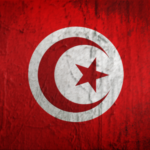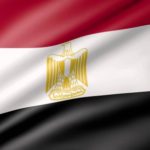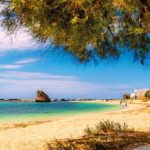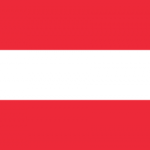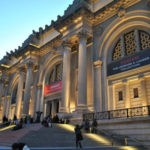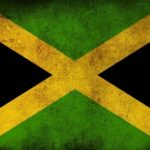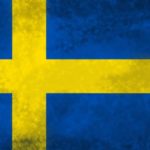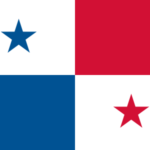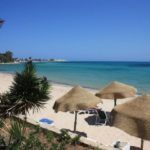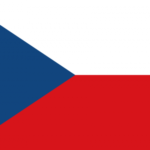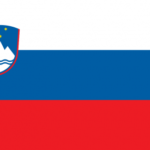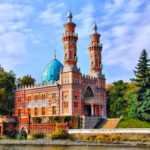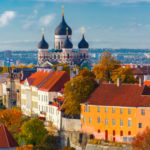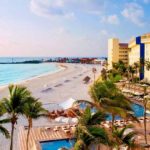Interesting facts about Croatia
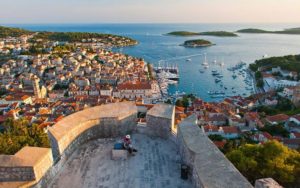 Croatia is a country formed after the break-up of Yugoslavia. Nowadays it is a rather popular place of tourism, including ecological orientation. Many are attracted by clean Croatian beaches and the almost untouched nature of this country, to which Croats are very proud and therefore very treasured.
Croatia is a country formed after the break-up of Yugoslavia. Nowadays it is a rather popular place of tourism, including ecological orientation. Many are attracted by clean Croatian beaches and the almost untouched nature of this country, to which Croats are very proud and therefore very treasured.
One of the most popular resorts in Croatia, the Golden Cape, changes the outlines of its beaches depending on the direction of the current and where the wind blows.
Croatia became the legislator of the world fashion for ties. Here this accessory is called “kravat” (cravat). The first mention of it dates back to the Thirty Years’ War of 1618-1648. French soldiers liked the neck scarves of Croatian horsemen, and she often asked the latter, pointing to a silk handkerchief – “what is it?”. The Croatians, not understanding the language, thought that the question meant “who are you?” And the “Croat” answered. Hence the word “cravate” or “tie” came to French.
Dalmatian Great Danes (or Dalmatians) are from the Croatian historical region of Dalmatia, where archaeologists first found pottery with the image of spotted dogs.
According to the Guinness Book of Records, Istria has the smallest city on earth – Hum. It is inhabited by only 23 people.
Croatia has never been on the list of countries with a high level of environmental danger. The cleanest drinking water to the inhabitants is still received through the public water supply channels, and this water can be drunk without fear.
The territory of Croatia includes, in addition to the mainland, an archipelago of almost 700 islands, but only 50 of them are inhabited.
The famous series “Games of Thrones” was filmed in Croatia. Royal Harbor is the quays and streets of the spa town of Dubrovnik.
The White House in Washington is lined with a special snow-white limestone – the “Brach’s stone”. It is mined only in the quarries on the Croatian island of Brač.
The plasterwork of the Veli-Rat lighthouse on the Croatian island of Duga is implicated in more than 100 thousand egg yolks.
One of the most famous Croatian souvenirs is pillows stuffed with mountain lavender. On the Croatian island of Hvar, lavender grows in ideal conditions for it, and therefore has a particularly rich flavor and medicinal properties.
April 1 is best spent in the Croatian city of Ludbreg. On World Day of laughter, residents and tourists drink wine directly from the central street fountain.
In Pula – the city on the Istrian coast of Croatia – has its own coliseum. It is believed that it is the Croatian Colosseum that is the prototype of the Roman, because it greatly exceeds it in the age. And in the Croatian Završeja there is also its “Leaning Tower of Pisa” – a 22-meter bell tower, deviating from the axis by 40 cm.
The national Croatian currency – Kuna – is named after a small animal – marten. In the Middle Ages, the brown skins of this animal were used in trade instead of money.
In the Croatian city of Zadar there is the world’s only Sea Organ. This “instrument” produces sounds under the influence of the noise of waves and winds.
96% of the country’s population speak Serb-Croatian, as it does in Montenegro. However, every second Croatian knows an average of 2 foreign languages. Most often it’s English and Italian.
The Cathedral of the Holy Cross in Croatian Nina is officially recognized as the smallest church in the world. Its size is only 50 square meters.
The first public theater in Europe was built in the early 17th century in Croatian Hvar.
In Croatia, there is beer, which is drunk by all means “with diarrhea.” In translation from Croatian it means “with pride,” and not at all what you thought.
Trout in Croatian lakes is found everywhere, but it is prohibited to catch it by law.
In the middle of the 20th century, Croatia was the first to officially open its beaches for nudists. This happened after the English prince Edward VIII together with his beloved swam naked on the beaches of the Croatian island of Rab.
